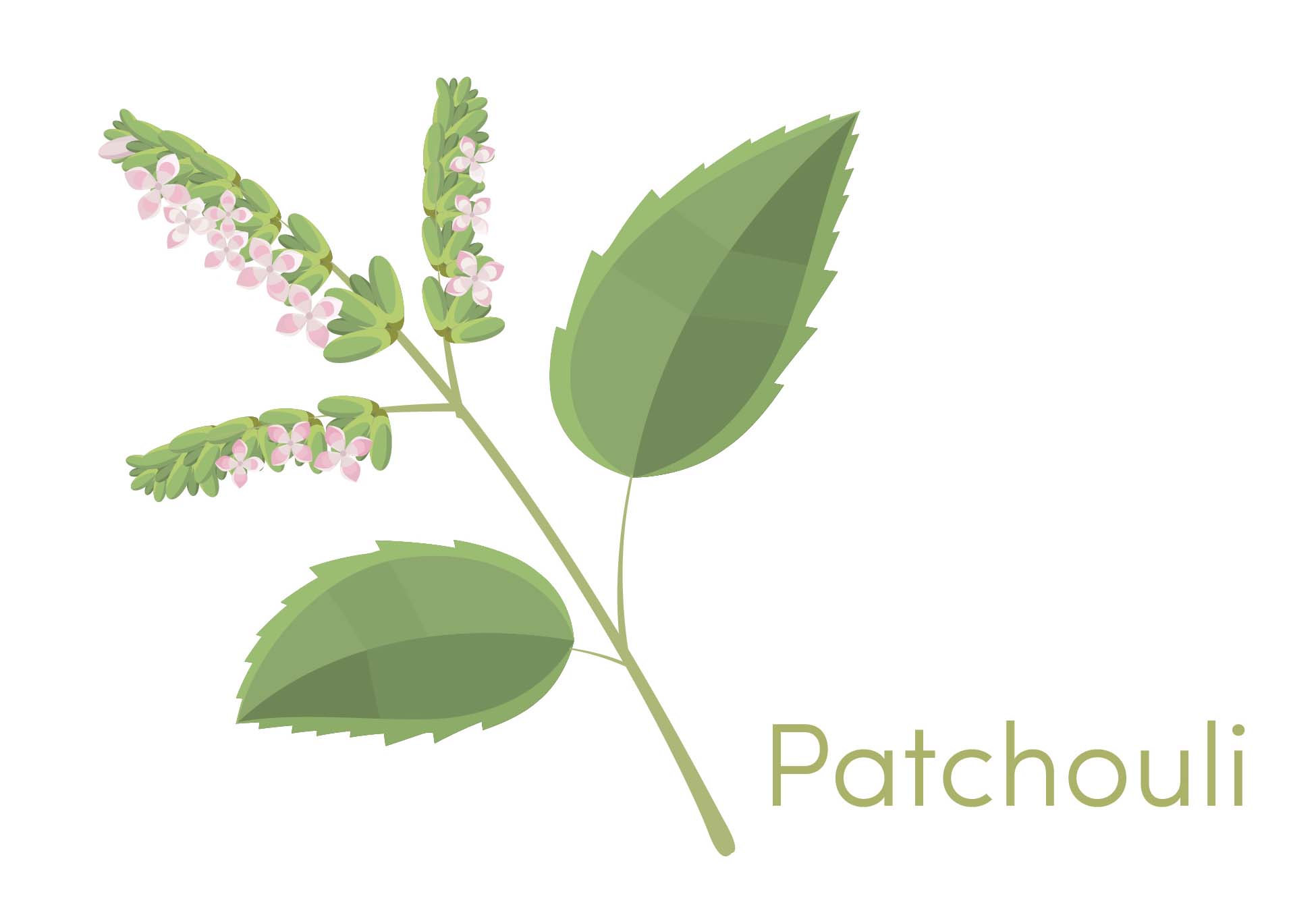

by The Cosmetic Chemist Staff
Plants are equipped with biologically active molecules, such as antioxidants, which help them survive harsh environments (e.g., UV radiation, temperature extremes, etc.). For centuries traditional medicine in many cultures has taken advantage of the benefits of botanicals for treating the skin. Plant derived ingredients now find their way into modern personal care products more than ever. Today, there is a significant amount of dermatological clinical research confirming that there are significant benefits obtained by using botanical ingredients, especially to treat aging skin, UV-induced erythema, and cancer. Furthermore, such skin treatments have been found to also combat inflammatory skin disorders, such as dermatitis and psoriasis.1

Not surprisingly, every time we conduct a quick academic search online on the topic of skin, a significant amount of the publications focus on the effects of botanical ingredients on skin. Often, these studies begin in the laboratory by conducting in vitro assays of skin cell cultures to monitor the expression of antioxidants (e.g., superoxide dismutase, catalase, etc.) or inflammatory cytokines (e.g., tumor necrosis factor-alpha (TNF-α), interleukin-6 (IL-6), interleukin-1β (IL-1β), etc.). Many researchers then conduct studies on mouse models and perform clinical and, oftentimes, histological assessment of the skin tissue. Once there is a sufficient amount of data demonstrating that the formula safely provides the desired benefits, there is justification to move on to clinical studies.
Recently, there has been interest in pogostone, an anti-inflammatory agent found in patchouli (Pogostemon cablin) oil.2 The oil is obtained from the leaves of the patchouli bush, which is mostly found in the Asia Pacific region. The oil was used in traditional eastern medicine to treat a number of ailments. It is also a perfume, which is often associated with the hippies’ movement of the 1960s and 1970s, where it was used extensively.
References
1. J. Reuter, I Merfort, and C.M. Schempp, Botanicals in dermatology: an evidence-based review. Am. J. Clin. Dermatol., 11(4), 247-67 (2010).
2. X.-F. Wang, Y.-F. Huang, L. Wang, L.-Q. Xu, X.-T. Yu, Y.-H. Liu, C.-L. Li, J.Y.-X. Zhan, Z.-R. Su, J.-N. Chen, and H.-F. Zeng, Photo-protective activity of pogostone against UV-induced skin premature aging in mice. Exper. Gerontol., 77, 76-86 (2016).